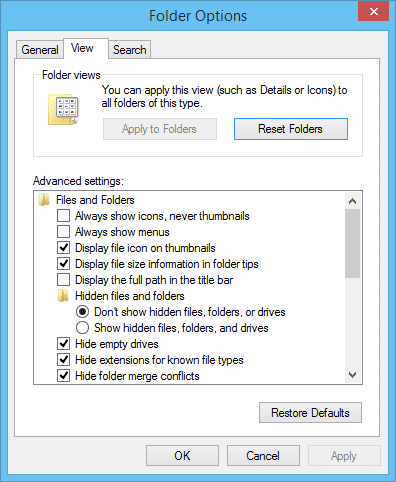
If you want to hide file extensions in Windows 11 and restore defaults, repeat the process above and check the " Hide extensions for known file types" option. In the " Advanced Settings" list, find the " Hide extensions for known file types" option and turn off (uncheck) it.Open the Folder Options dialog by using Windows Search ( Win + S) enter "file explorer options in the search box.Hide specific file extensions in Windows 11 Show File Extensions in Windows 11 The ribbon has gone, and it took away many convenient options that now are buried deep inside different Windows settings and Control Panel applets. In Windows 11, though, File Explorer went through radical design changes. That option could be used for enabling or hiding extensions with just two clicks. Windows 10 had the " Show file extensions" command on the ribbon in File Explorer. Remember: Never open a file that appears to have a regular extension paired with exe, msi, or dll, For example,. At the same time, hiding file extensions imposes some security risks, as someone may want to harm your system by sending a malicious file disguised as a Word document, image, video, or any other harmless object. Also, it gives a slightly cleaner look to File Explorer. Hiding file extensions in Windows 11 prevents unintentional breaking files by accidentally changing their extensions when you rename them.


"Document" is its name, and ".txt" is a file extension for regular plain text documents.

Take, for example, a text file called Document.txt. Advertisement File extensions are two, three or sometimes more letters (can also include numbers) after a file's name and a dot.


 0 kommentar(er)
0 kommentar(er)
